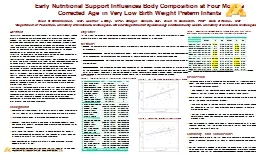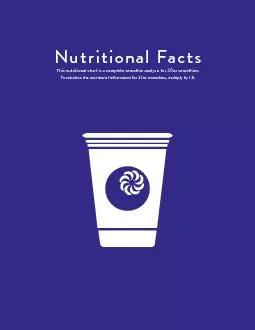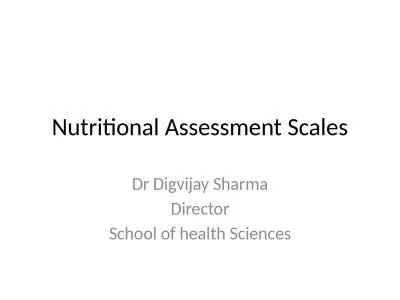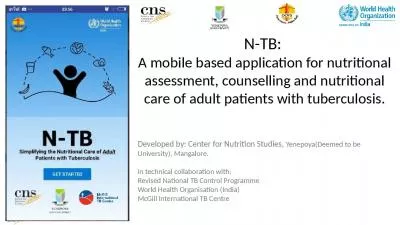PPT-Early Nutritional Support Influences Body Composition
Author : faustina-dinatale | Published Date : 2018-12-15
at Four Months Corrected Age in Very Low Birth Weight Preterm Infants Ellen C Christiansen MD 1 Heather L Gray MPH 1 Bridget Davern BA 1 Ellen W Demerath
Presentation Embed Code
Download Presentation
Download Presentation The PPT/PDF document "Early Nutritional Support Influences Bod..." is the property of its rightful owner. Permission is granted to download and print the materials on this website for personal, non-commercial use only, and to display it on your personal computer provided you do not modify the materials and that you retain all copyright notices contained in the materials. By downloading content from our website, you accept the terms of this agreement.
Early Nutritional Support Influences Body Composition: Transcript
Download Rules Of Document
"Early Nutritional Support Influences Body Composition"The content belongs to its owner. You may download and print it for personal use, without modification, and keep all copyright notices. By downloading, you agree to these terms.
Related Documents














